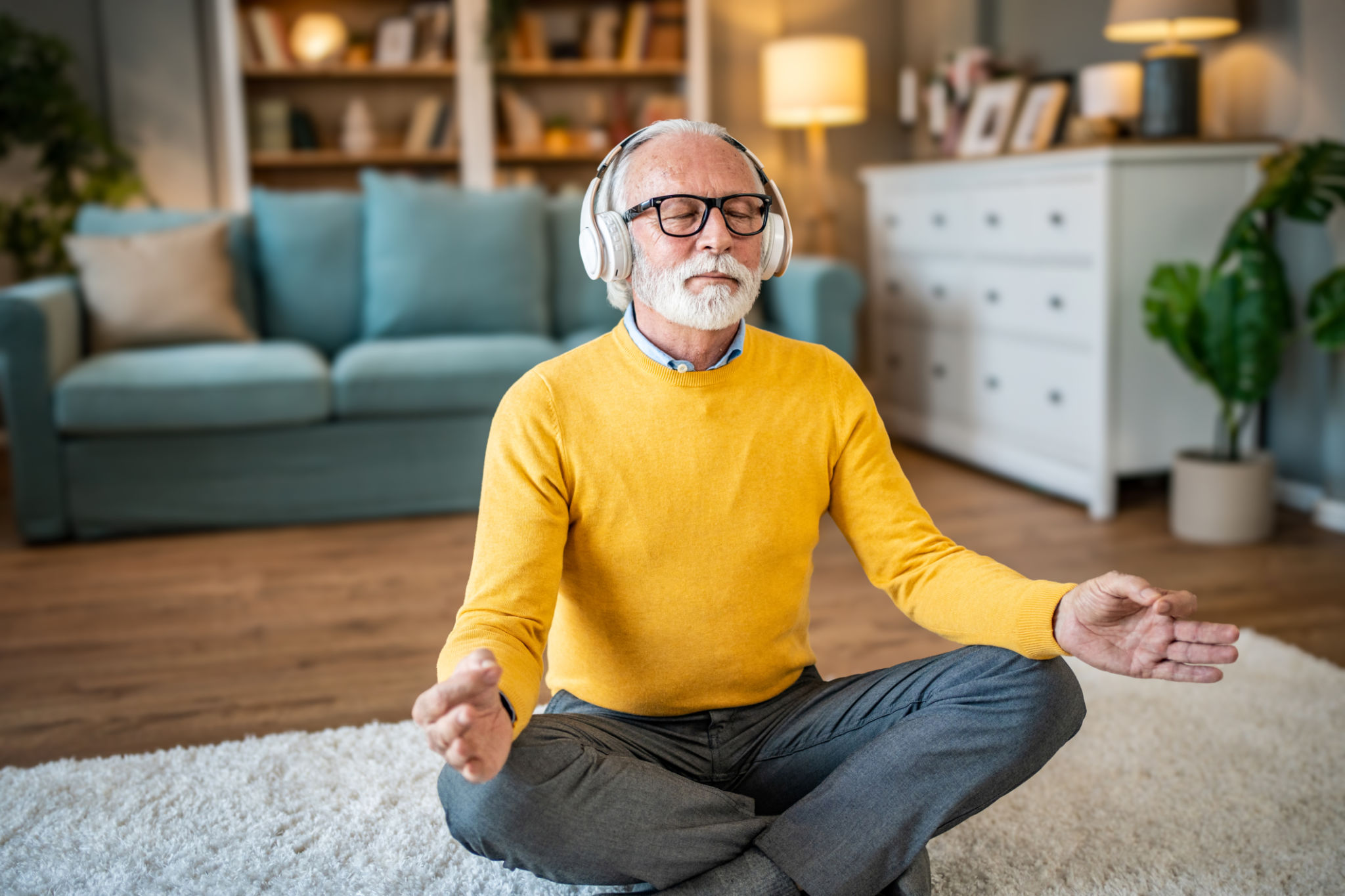Meditation Techniques for Beginners: A Step-by-Step Guide
Understanding Meditation and Its Benefits
Meditation is a practice that has been around for thousands of years, offering numerous benefits to both the mind and body. It involves training the mind to focus and redirect thoughts, which can lead to enhanced concentration, reduced stress, and a greater sense of well-being. For beginners, understanding the basics of meditation is the first step toward incorporating it into daily life.
By engaging in regular meditation practices, individuals can experience improved emotional health, increased self-awareness, and even better sleep. It is a versatile practice that can be tailored to suit individual needs and preferences, making it accessible to everyone.

Getting Started with Meditation
Choose a Comfortable Space
The first step in beginning your meditation journey is to find a quiet and comfortable space where you won't be disturbed. This could be a corner of your living room, a spot in your garden, or any place where you feel at ease. The key is to create an environment that allows you to relax and focus without distractions.
Select Your Meditation Posture
Once you've chosen your space, select a posture that is both comfortable and sustainable. Common positions include sitting cross-legged on the floor, sitting on a chair with feet flat on the ground, or even lying down. Ensure that your back is straight to allow for optimal breathing and focus.

Basic Meditation Techniques
Breathing Meditation
Breathing meditation is one of the simplest techniques for beginners. Start by closing your eyes and taking slow, deep breaths. Focus your attention on each inhale and exhale, letting go of any distracting thoughts that arise. This practice helps in anchoring your mind to the present moment.
Guided Meditation
For those who find it challenging to meditate alone, guided meditation can be very helpful. Using apps or online resources, follow along with audio instructions that lead you through a meditative process. These sessions often include calming music or nature sounds to enhance relaxation.

Establishing a Meditation Routine
Start Small and Gradually Increase
As a beginner, it's important to start with short sessions of 5 to 10 minutes and gradually increase the duration as you become more comfortable. Consistency is more important than duration, so aim to meditate at the same time each day to build a habit.
Track Your Progress
Keeping a meditation journal can be beneficial in tracking your progress and experiences. Note how you feel before and after each session, any challenges you faced, and any positive changes you notice over time. This can help in maintaining motivation and acknowledging the benefits of your practice.

Overcoming Common Challenges
It's normal for beginners to encounter challenges such as restlessness or difficulty in maintaining focus. Remember that meditation is a skill that improves with practice. If your mind wanders, gently bring your attention back to your breath or chosen focal point without judgment.
Don't be discouraged by perceived failures or setbacks. Every meditation session is an opportunity for growth and self-discovery. Be patient with yourself and embrace the journey.
